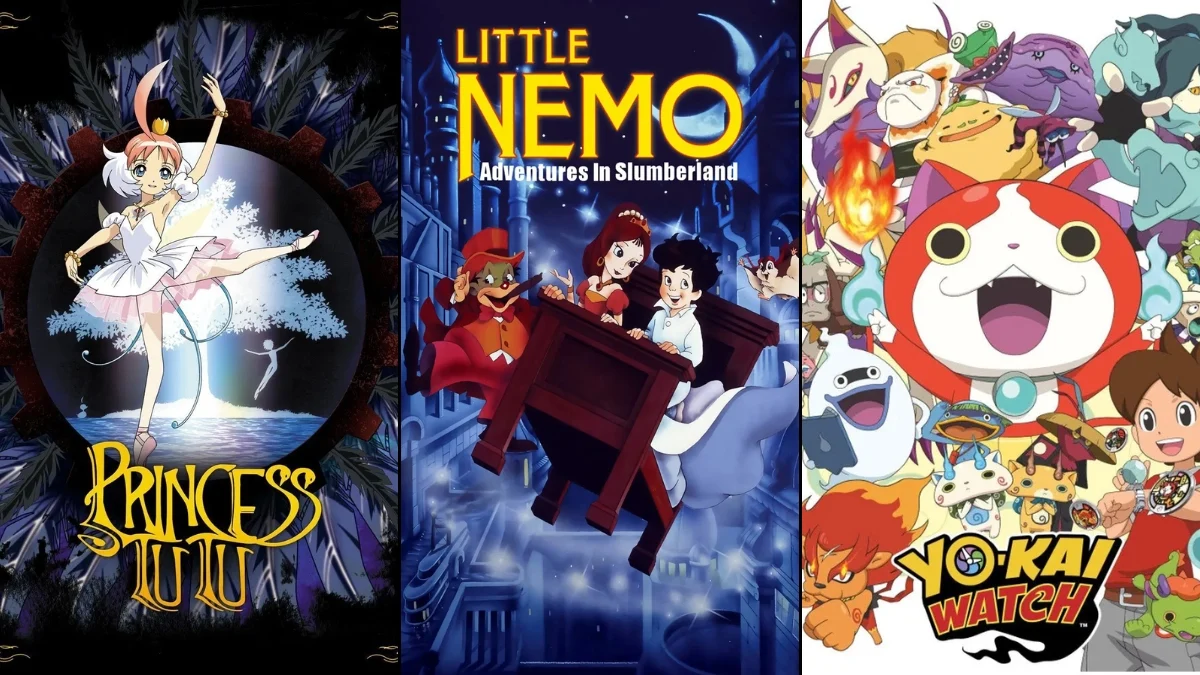
Many anime shows that appear cute and colorful, and are often shown during family-friendly hours, actually contain surprisingly dark and disturbing content. These “kids’ anime” can sneak in elements of body horror, frightening philosophical ideas, and scary folklore that’s much more intense than you’d expect. This list highlights twenty shows and films that fall into this category, pointing out the specific scenes, storylines, creators, and studios responsible for the unsettling moments – so you can understand exactly what makes them so memorable (and maybe a little creepy!).
‘Spirited Away’ (2001)
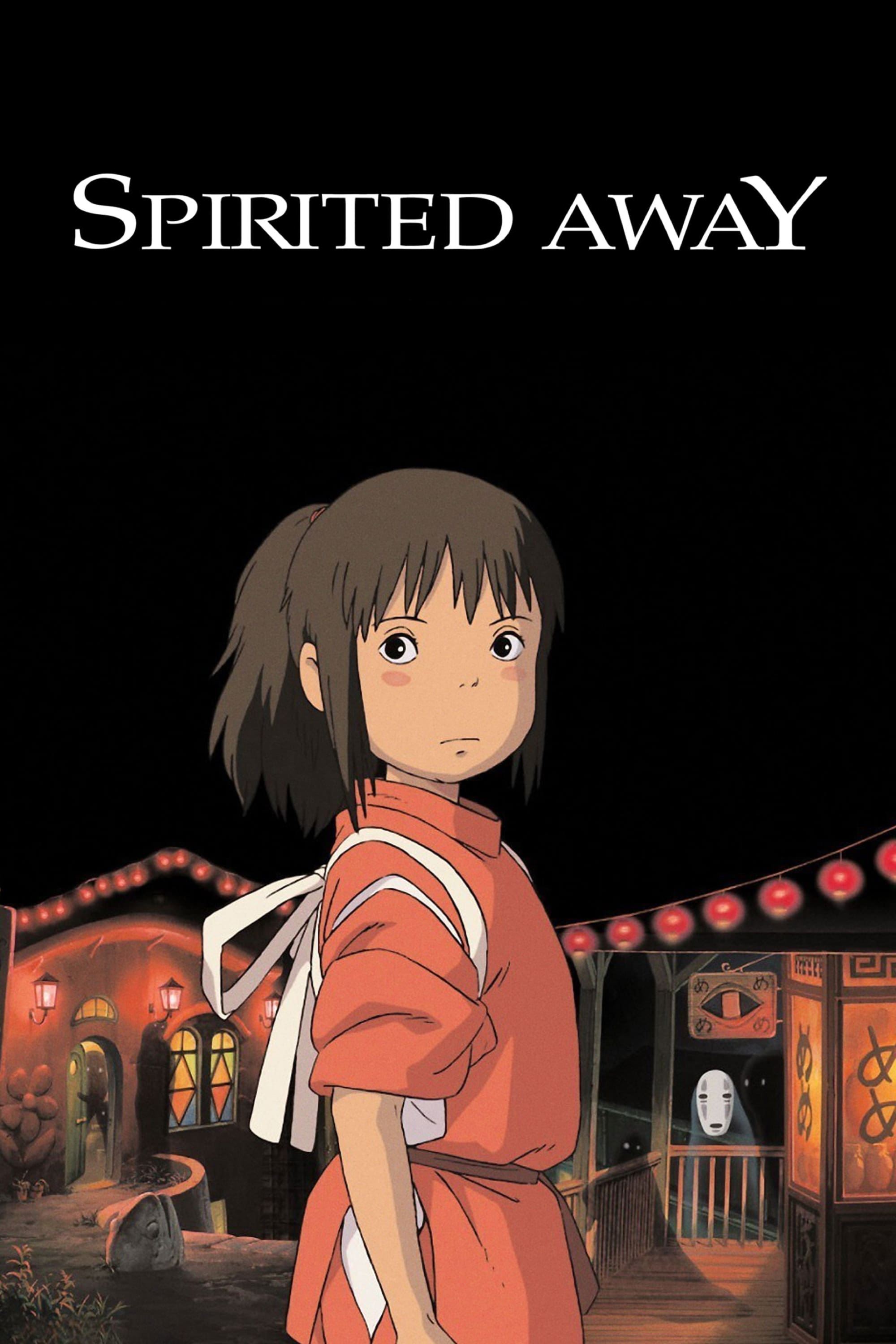
Hayao Miyazaki’s film from Studio Ghibli tells the story of Chihiro, who enters a magical bathhouse for spirits, only to find her parents turned into pigs. The bathhouse is staffed by creatures who behave very much like flawed humans. Memorable scenes, like the cleaning of a polluted river spirit and the actions of the mysterious No-Face, blend traditional folklore with disturbing transformations. The film uses sounds of industry and dark settings to highlight themes of work and excess. While often considered a family film, its imagery and exploration of greed, self-discovery, and being in-between worlds can be surprisingly unsettling.
‘Pom Poko’ (1994)
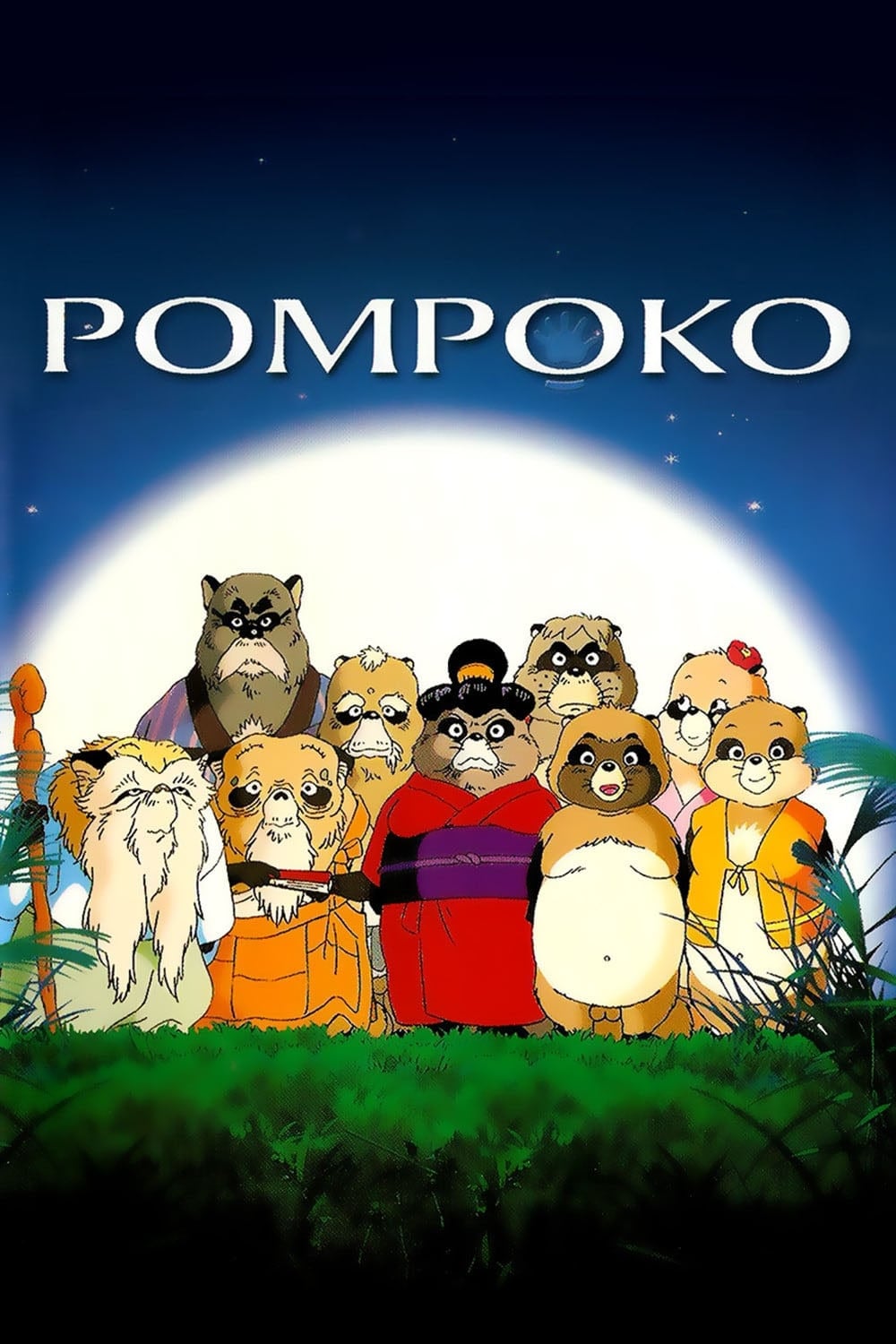
Isao Takahata’s film from Studio Ghibli uses magical, shape-shifting raccoon dogs to show how nature is being destroyed, but it doesn’t shy away from scary imagery. A sequence called “Ghost Parade” features traditional Japanese monster illusions—like stretched necks, animated umbrellas, and ghostly figures—to frighten people. The film’s humor often turns unsettling as the raccoon dogs use their ability to change shape to battle construction equipment. Ultimately, the film ends on a sad note, highlighting fears about extinction instead of providing a happy resolution.
‘Grave of the Fireflies’ (1988)
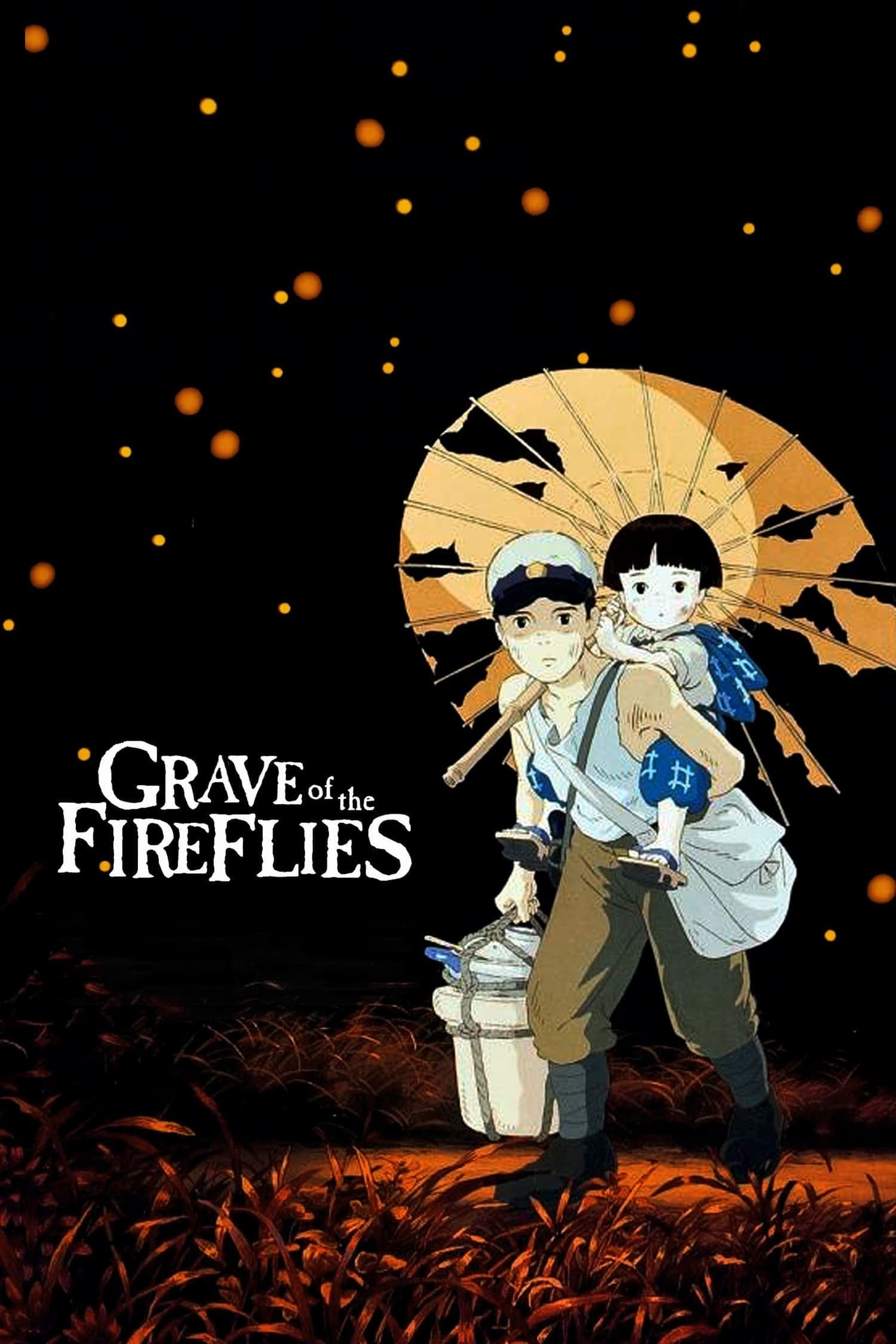
Despite being loved by many, Takahata’s film from Studio Ghibli doesn’t shy away from the harsh realities of wartime hunger. The movie realistically portrays scenes of hospitals, the aftermath of air raids, and the loss of innocence for children. Recurring images, like a candy tin and fireflies, become powerfully sad symbols as the characters’ hope fades. It’s a deeply moving and realistic story, told through the eyes of a child.
‘Little Nemo: Adventures in Slumberland’ (1989)
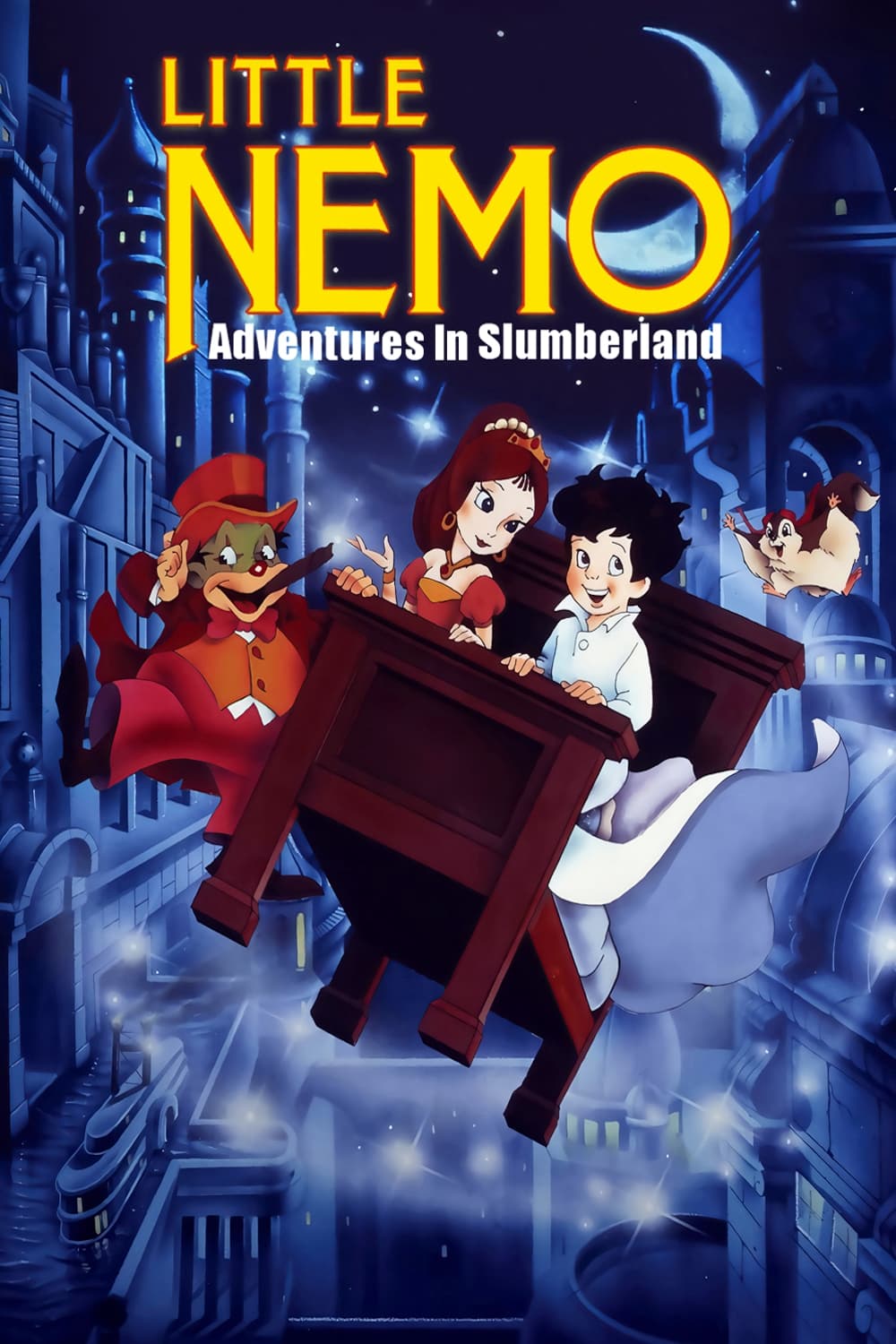
This series, directed by Masami Hata and William T. Hurtz and produced by TMS Entertainment, takes the familiar comfort of bedtime stories and transforms it into something unsettling. It evokes classic dreamlike horror with its shadowy creatures, confusing castles, and winding hallways. The show intentionally shifts quickly from lighthearted fun to frightening imagery of capture and emptiness. While the characters remain adorable, the settings become increasingly dark and menacing.
‘Unico in the Island of Magic’ (1983)
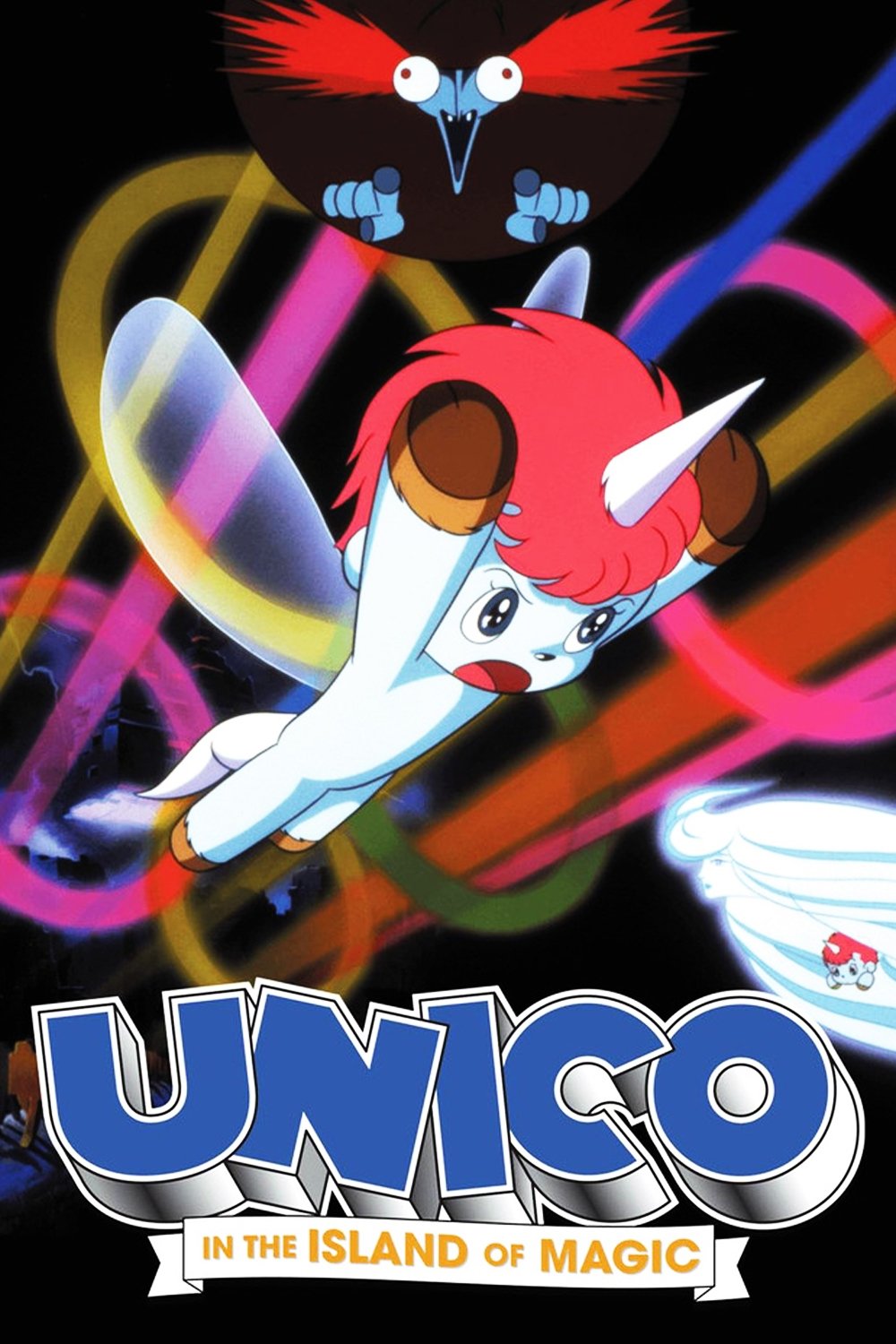
Sanrio’s movie features Unico, a baby unicorn, battling a sorcerer who transforms people into silent, doll-like figures. This process—shown with empty eyes and a sense of mass production—is surprisingly unsettling for a children’s film. Director Moribi Murano creates a feeling of unease through slow camera movements and quiet moments. The villain’s creepy organ-filled hideout and bleak surroundings add to the film’s intentionally oppressive atmosphere.
‘Moomin’ (1990–1991)
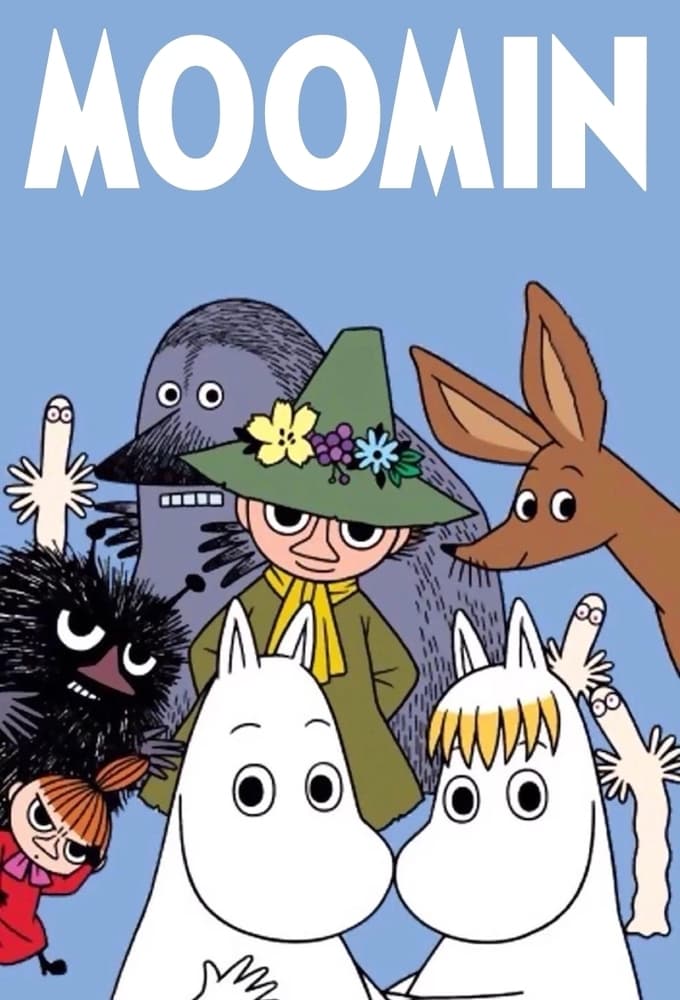
This TV series beautifully brings Tove Jansson’s stories to life, maintaining the original books’ slightly unsettling atmosphere. Episodes with the Groke create a truly chilling effect, both visually and emotionally, as she freezes everything around her. The show also explores deeper, more unsettling themes – like loneliness and fear – through events like storms, strange visitors, and even perceived threats from space, all while keeping a cozy, family-friendly tone.
‘GeGeGe no Kitaro’ (2018–2020)

Toei Animation’s new series based on Shigeru Mizuki’s classic monster tales airs on Sunday mornings, but it doesn’t shy away from the spookier side of Japanese folklore. Often, the human villains get unsettling and fittingly creepy punishments thanks to the spirits. The creature designs are particularly striking, with disturbing imagery like monsters with long tongues and living hair, all inspired by traditional ghost stories. The show also cleverly adds modern commentary on technology and social frustrations, giving it an extra layer of chilling relevance.
‘Dororo’ (1969)

Mushi Production’s animated series, done in black and white, tells the story of Hyakkimaru, a character who seeks to regain his lost body parts by defeating demons. The show vividly portrays the harsh realities of medieval life through its detailed animation of artificial limbs, shadowy figures, and villages plagued by demons. While presented as an episodic adventure with a new monster each week, it doesn’t shy away from dark themes like demonic possession and self-sacrifice, making it surprisingly intense despite being aimed at younger viewers.
‘Digimon Tamers’ (2001–2002)
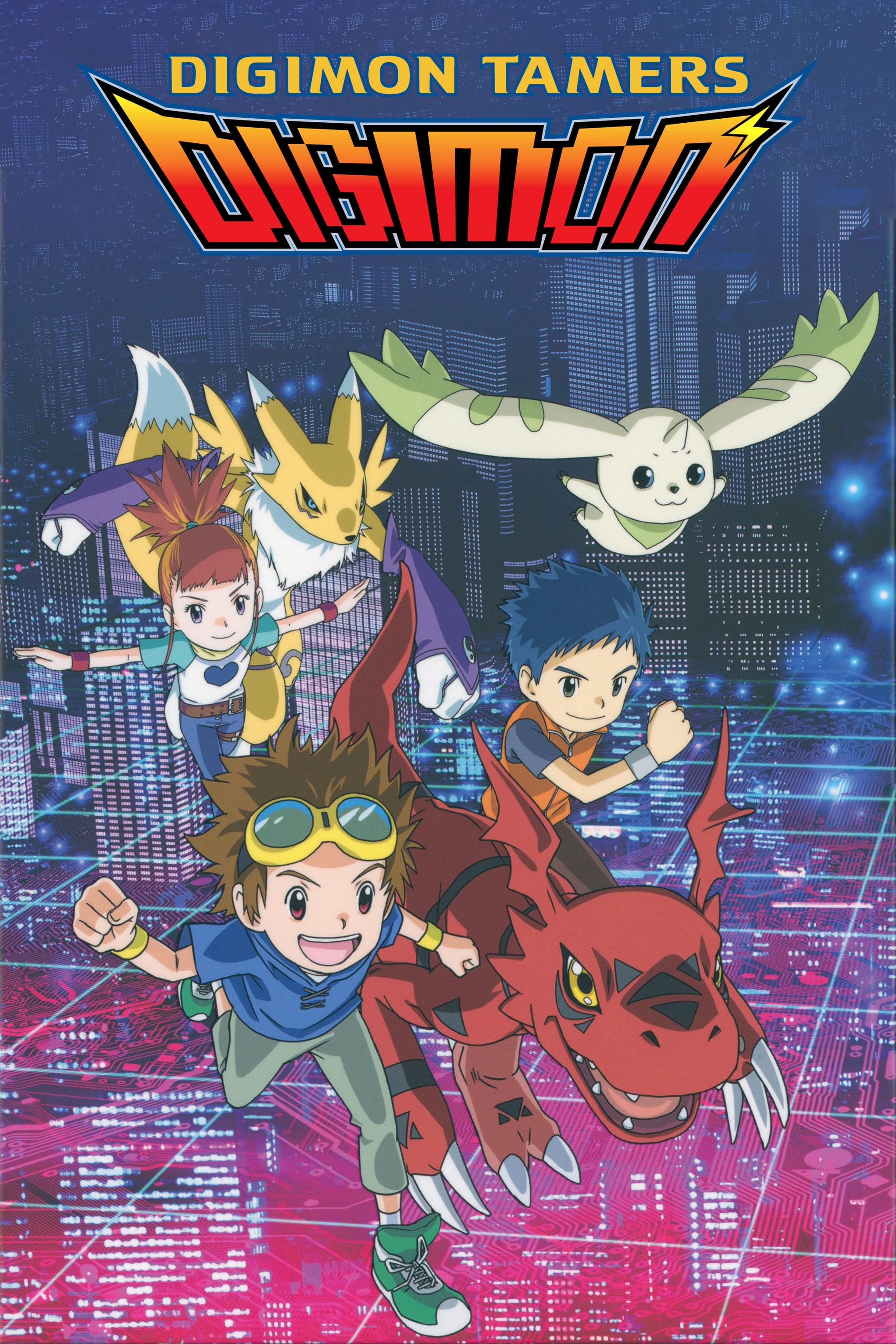
A new installment of the Digimon animated series, written by Chiaki J. Konaka, delves into darker, more psychological themes. The storyline features a terrifying enemy – a program that erases things – now presented as a mysterious force consuming cities and people. The arc uses unsettling imagery of characters falling apart and a constant sense of dread from news reports to create a feeling of technological disaster. While still focusing on friendship and development, this story features a level of urban horror and high stakes rarely seen in shows aimed at children.
‘Sailor Moon’ (1992–1997)
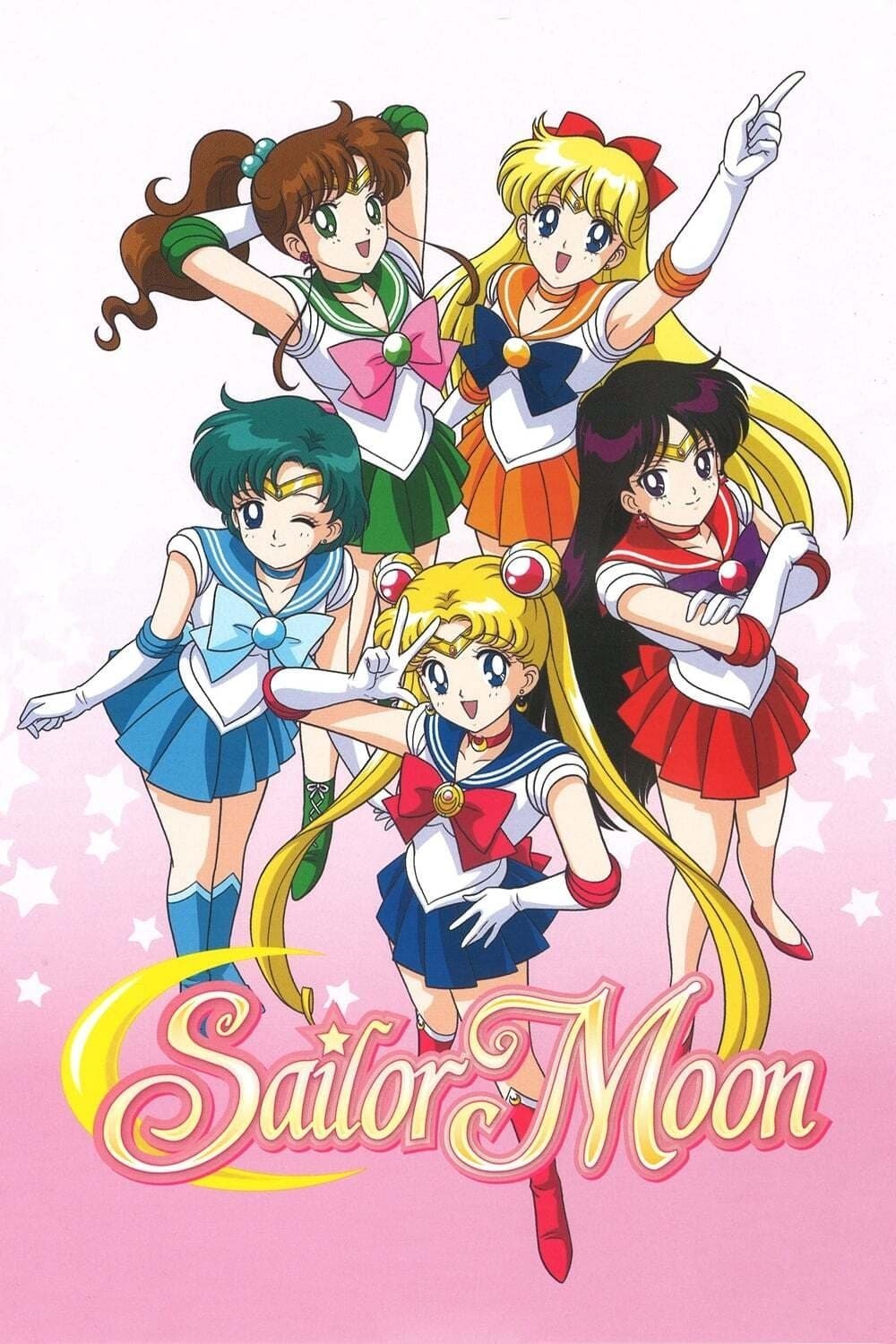
Toei Animation’s beloved series frequently uses unsettling imagery of monsters that warp bodies or take control of people. The show starts with scenes of ordinary people being drained of their life force in public, and later expands to depict terrifying futures and creatures that feed on dreams. The first season, directed by Junichi Satō, skillfully mixes lighthearted moments with genuinely creepy and atmospheric scenes. While the series usually resolves conflicts, it doesn’t shy away from delivering real scares along the way.
‘Cardcaptor Sakura’ (1998–2000)
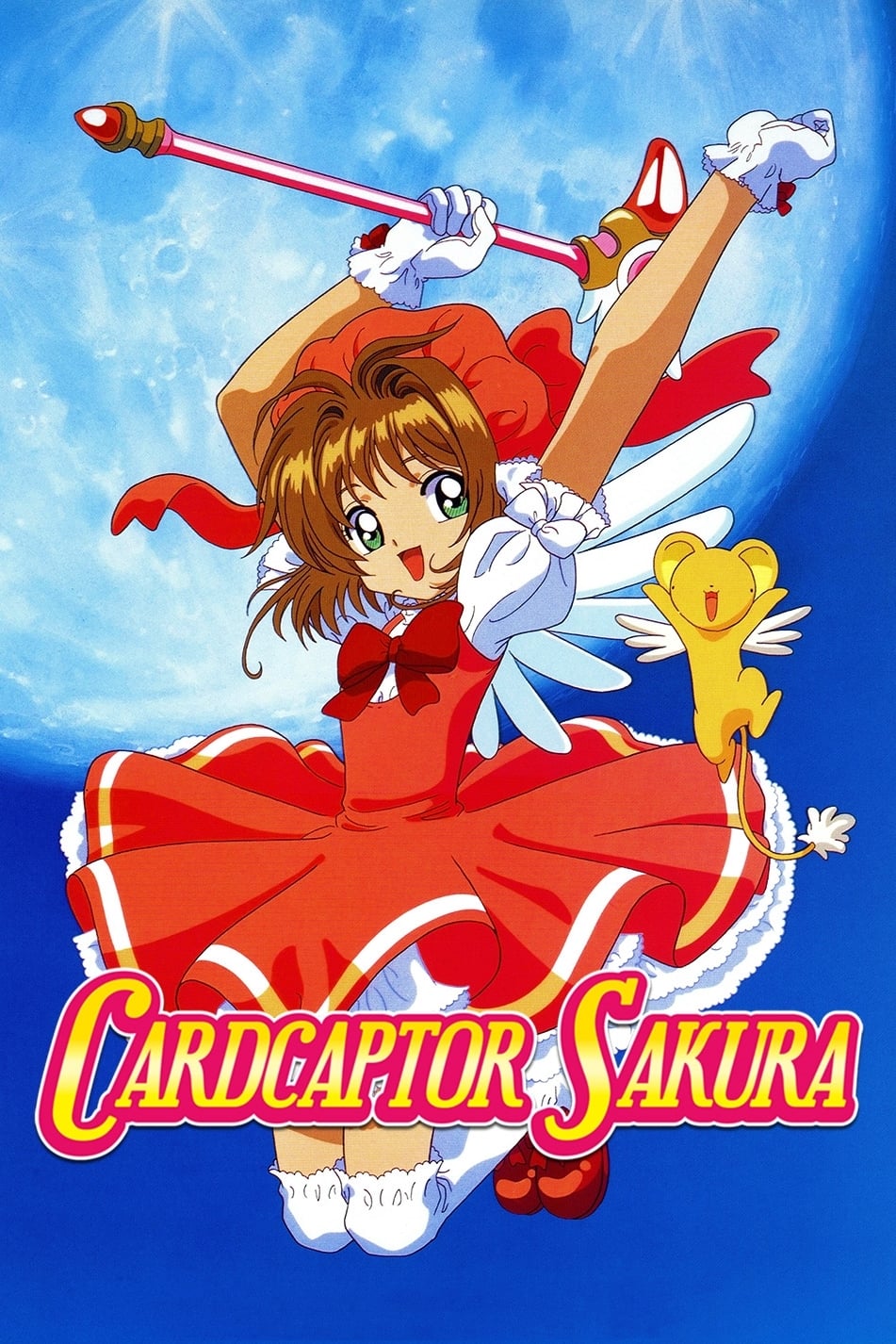
The anime series based on CLAMP’s manga is generally cheerful and inviting, but some magical cards dramatically shift the atmosphere to one of horror. Cards like The Mirror and The Maze create disturbing illusions and impossible spaces, and The Watery acts like a creeping, unseen threat. Director Morio Asaka builds tension by using settings like long corridors, deserted schools, and dim nighttime lighting. The show often mixes heartwarming, everyday scenes with unsettling, unexpected events.
‘Glitter Force’ (2012–2013)
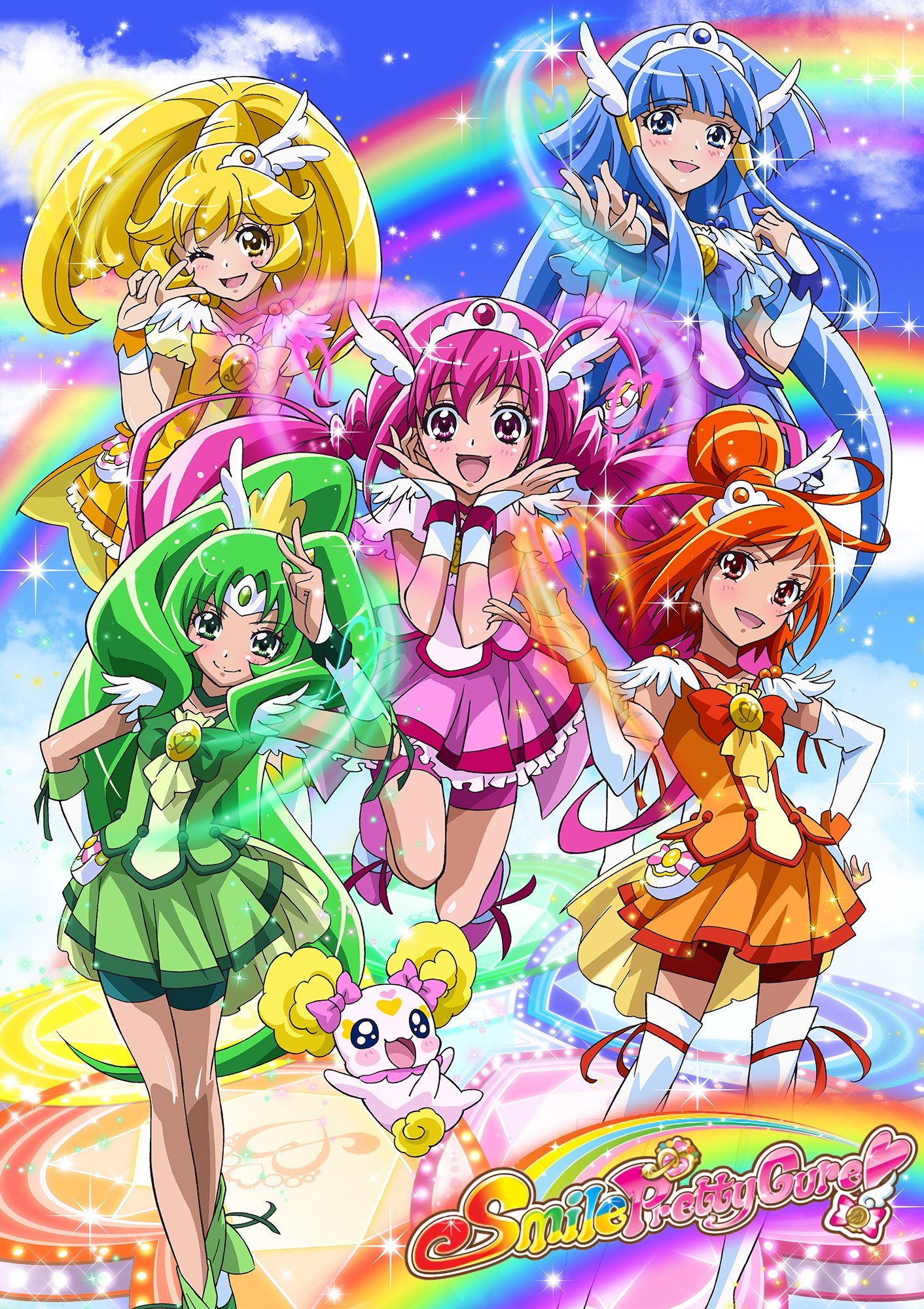
This season of the long-running Pretty Cure series features a unique storyline: a storybook apocalypse brought on by the villain Pierrot. Characters known as Jokers and ogres twist classic fairy tales into frightening scenarios, replacing happiness with fear and darkening the world with a looming sense of doom – a ‘Bad End’ come to life. The climactic fights take place in warped and empty landscapes, threatening to trap everyone in hopelessness. While the series ultimately emphasizes hope, it uses darker and more unsettling imagery than previous seasons.
‘Magical DoReMi’ (1999–2003)
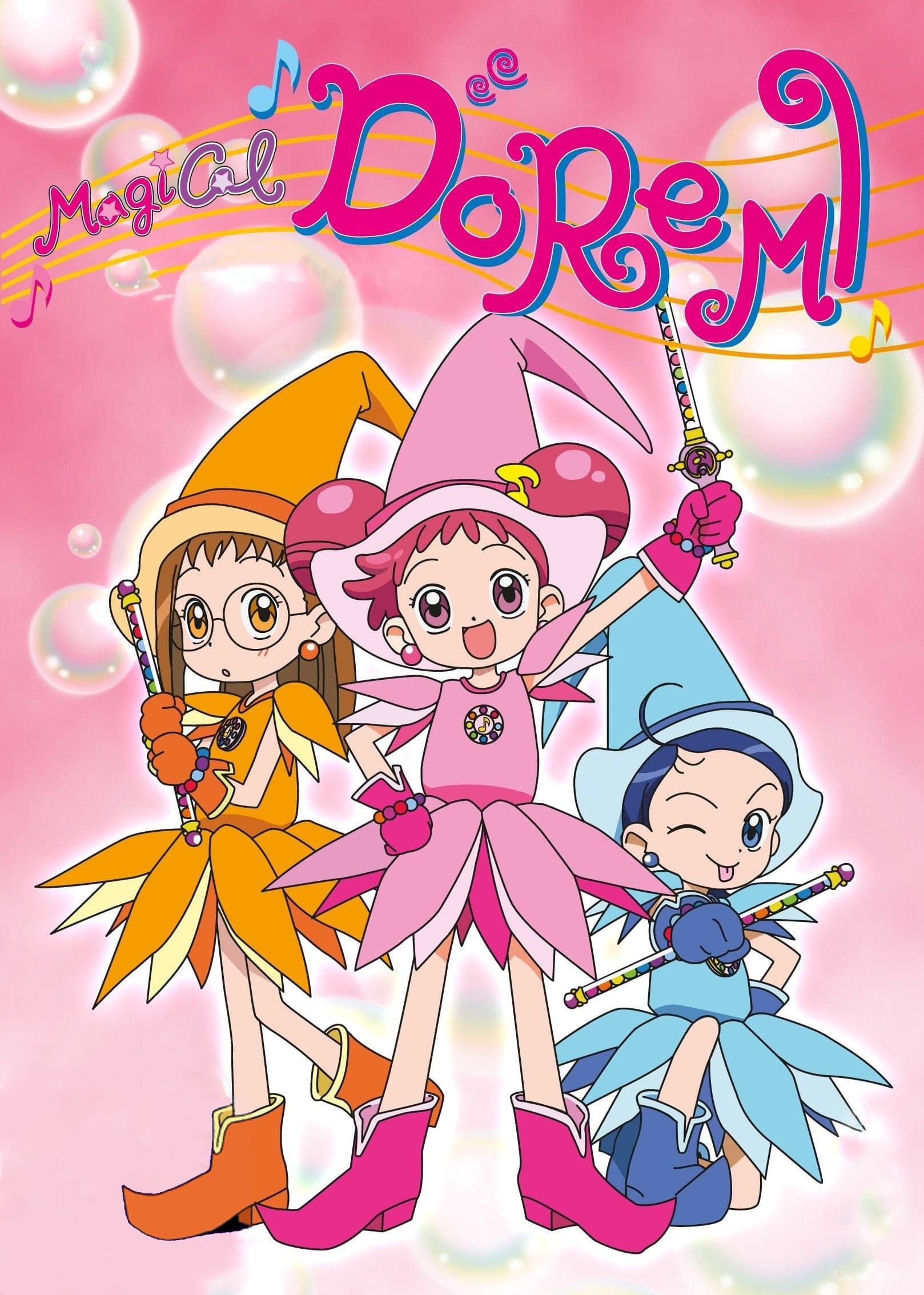
Toei Animation’s series about young witches blends bright, colorful visuals with darker themes like sadness and the dangers of magic. The tests the witches-in-training take have serious consequences, often isolating or putting them in danger if they don’t succeed. The show incorporates elements of traditional folklore, such as mysterious shops and nighttime markets, and makes them feel genuinely risky. Importantly, the series tackles difficult topics like sickness and loss, connecting magic to real childhood fears.
‘Shin chan’ (1992– )
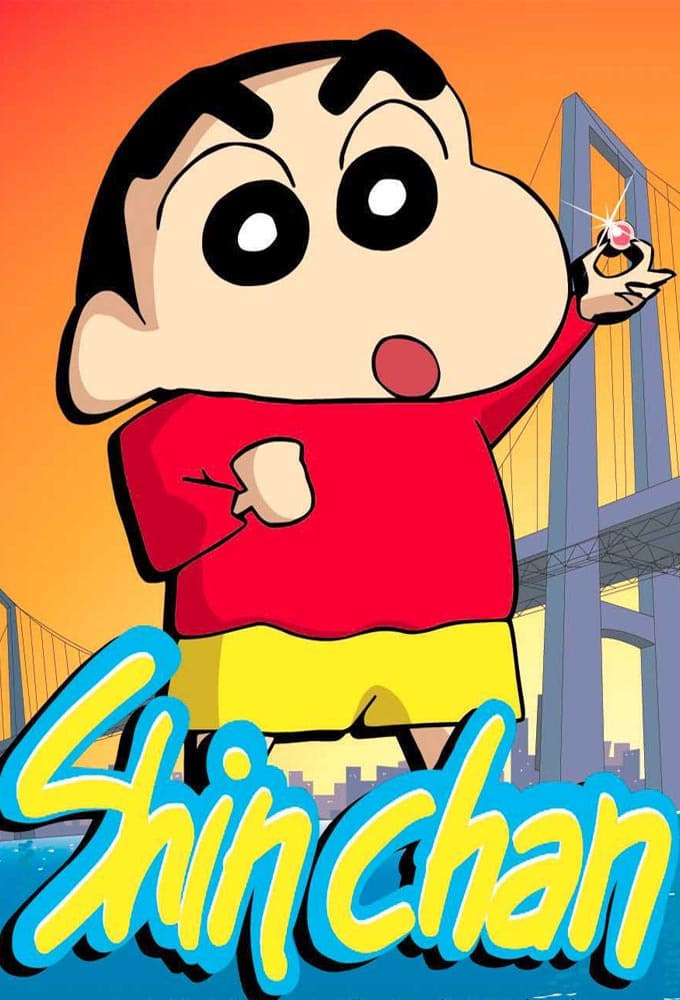
Shin-Ei Animation’s comedy series often includes spooky specials that playfully imitate popular urban legends. Common themes like haunted dolls, cursed apartments, and creepy chases are built with quiet moments and still images, leading into humorous payoffs. These specials are becoming more ambitious, featuring unsettling scenes with abandoned places and mysterious masked figures. The show’s minimalist art style actually adds to the feeling of suspense and surprise, rather than lessening it.
‘Doraemon’ (2005– )

The long-running series from Shin-Ei Animation frequently shows how futuristic inventions can backfire. These wish-fulfilling devices often lead to bizarre situations like people switching bodies, getting stuck in time loops, or being transported to alternate realities. Many episodes feature haunted houses or nighttime adventures, focusing on cramped spaces and doors that don’t lead where expected. While each story still delivers a clear lesson, the settings often feel like carefully crafted nightmares.
‘Yo-kai Watch’ (2014–2018)
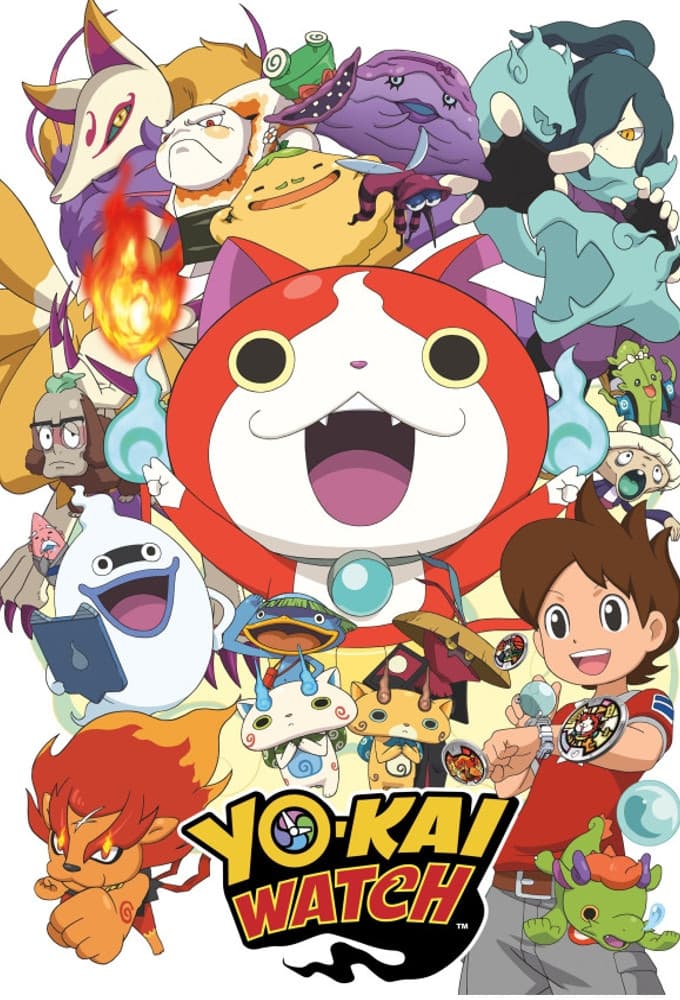
OLM’s films explore fears we all experience, using unsettling imagery throughout. They take familiar places—like schools, parks, and homes—and make them frightening by adding elements of possession and things that can’t be seen. While starting with a cute and playful style, the stories quickly grow into large-scale hauntings and terrifying encounters. The films also hint at deeper, folklore-based explanations, suggesting that changes in behavior might be caused by hidden, supernatural forces.
‘Kemono Friends’ (2017)

Season 1, directed by Tatsuki and created by Yaoyorozu, depicts a seemingly cheerful safari taking place amongst the ruins of an abandoned park. Subtle environmental details – like broken-down buildings, pieces of old signs, and unused transportation routes – suggest a disaster happened before the story began. The creatures known as ‘Ceruleans’ act like emotionless hunters, wiping away a person’s identity if they touch them. This combination of upbeat conversations and a bleak, decaying world creates a constant feeling of discomfort and suspense.
‘Princess Tutu’ (2002–2003)
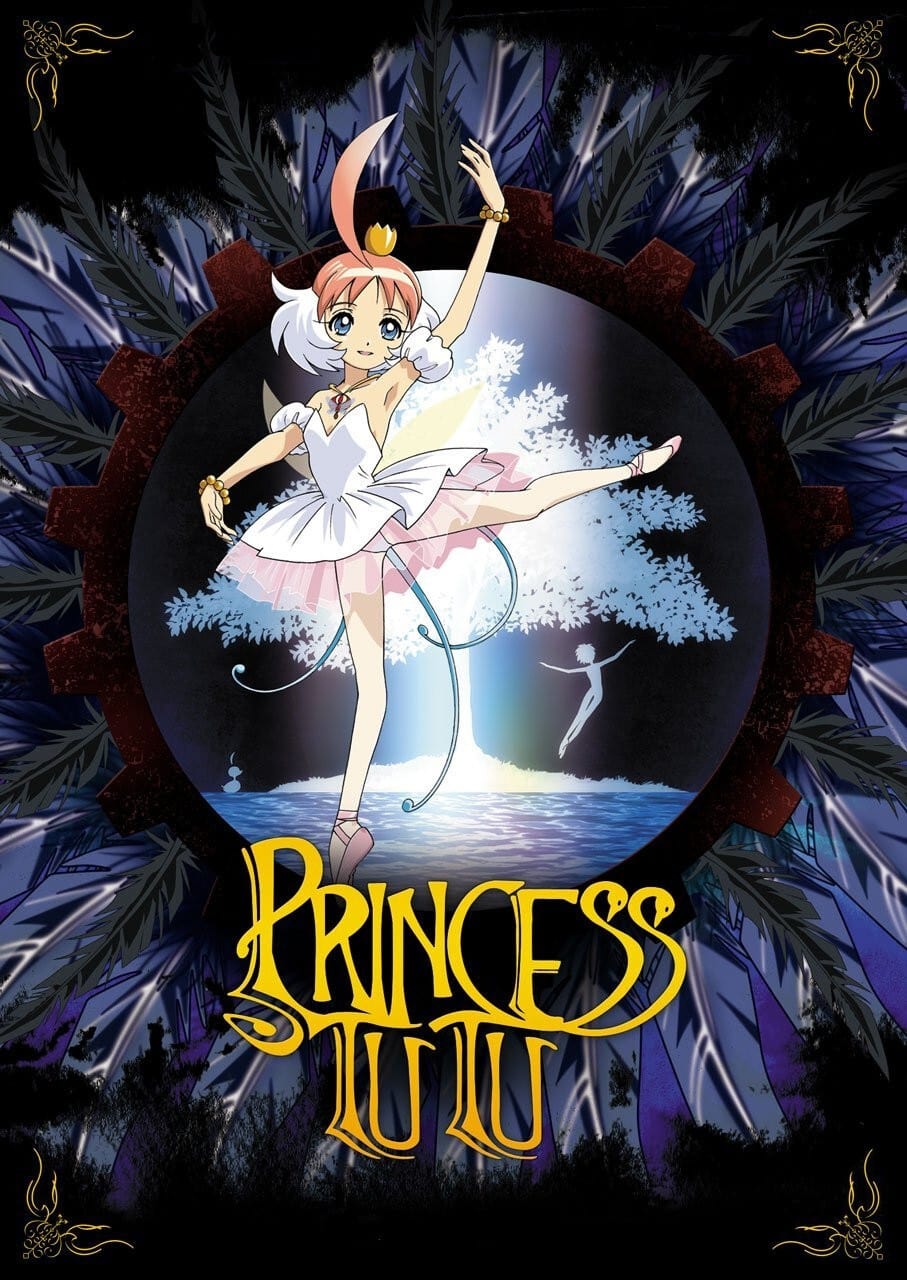
Created by Hal Film Maker based on an idea by Ikuko Itoh, this ballet series blends enchanting fairy tales with unsettling horror. The story follows a duck transformed into a girl who must dance to piece together the broken heart of a prince, all while a sinister author manipulates events. Throughout the show, shadowy theaters, mechanical towns, and puppet-like figures appear repeatedly, creating a feeling of unease. The series uses magical contracts and repeating timelines that are both visually stunning and subtly frightening.
‘Made in Abyss’ (2017– )
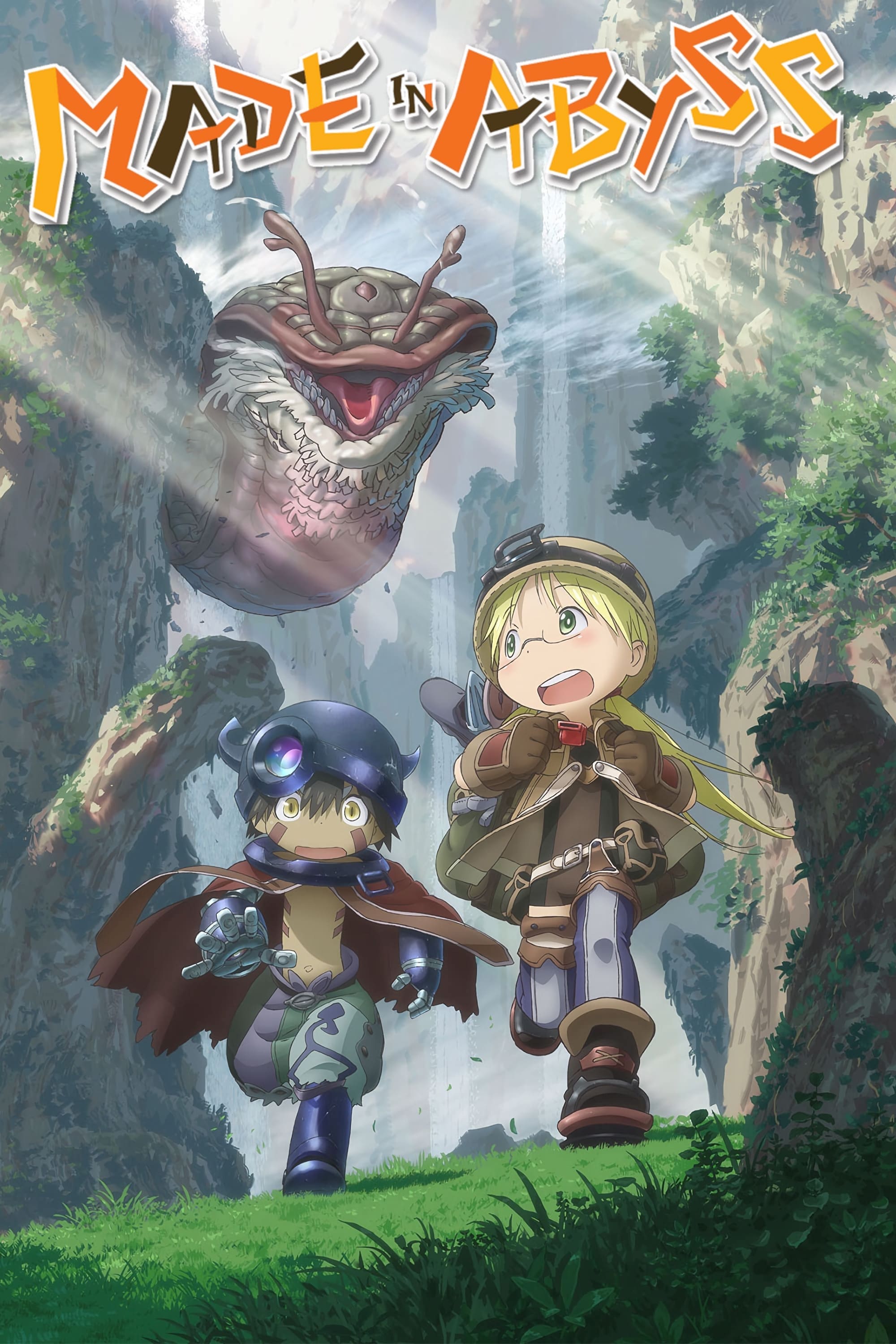
Kinema Citrus has created an anime based on Akihito Tsukushi’s manga, which follows children venturing into a dangerous, underground chasm. This place is cursed, causing severe physical and mental harm to those who enter. Meanwhile, explorers known as relic hunters are conducting questionable and unethical experiments. Director Masayuki Kojima expertly portrays both the terrifying creatures and the gruesome medical consequences with realistic detail. The show’s contrast between cute character designs and intense danger creates a uniquely unsettling and striking effect, making it stand out in the world of anime.
‘Pokémon’ (1997– )

The popular OLM series is known for its exciting adventures, but when it features ghosts, it often draws on traditional haunted house stories. Episodes taking place in locations like Lavender Town tower and deserted mansions showcase classic ghostly phenomena like possessions, objects floating in the air, and mischievous poltergeists. The show uses familiar horror elements – like flickering lights, quiet hallways, and things appearing to copy others, such as the playful movements of Gastly – to create a spooky atmosphere. While the series remains appropriate for children, these ghost-focused storylines are genuinely chilling.
Tell us about the movies or shows that really scared you, and specifically which moments were the most unsettling! Share in the comments below.
Read More
- Fed’s Rate Stasis and Crypto’s Unseen Dance
- Blake Lively-Justin Baldoni’s Deposition Postponed to THIS Date Amid Ongoing Legal Battle, Here’s Why
- Dogecoin’s Decline and the Fed’s Shadow
- Ridley Scott Reveals He Turned Down $20 Million to Direct TERMINATOR 3
- Baby Steps tips you need to know
- Global-e Online: A Portfolio Manager’s Take on Tariffs and Triumphs
- The VIX Drop: A Contrarian’s Guide to Market Myths
- Top 10 Coolest Things About Indiana Jones
- Northside Capital’s Great EOG Fire Sale: $6.1M Goes Poof!
- A Most Advantageous ETF Alliance: A Prospect for 2026
2025-11-21 06:20